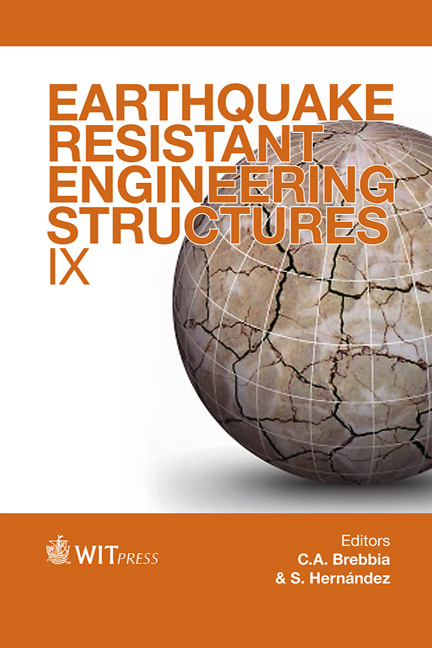Behaviour Of Unbonded Post-tensioned Precast Concrete Coupled Walls Under Lateral Loads
Price
Free (open access)
Transaction
Volume
132
Pages
12
Page Range
179 - 190
Published
2013
Size
1,224 kb
Paper DOI
10.2495/ERES130151
Copyright
WIT Press
Author(s)
T. C. Aragon & B. D. Weldon
Abstract
This paper presents an analytical investigation of the non-linear behaviour of coupled concrete walls using unbonded post-tensioned precast concrete coupling beams under monotonic lateral loading. Coupling of the walls is achieved by post-tensioning the beams and walls together at the floor and roof levels. Steel top and seat angles are used at the beam-to-wall interfaces and are designed to yield and provide energy dissipation during an earthquake. As the structure is laterally displaced, the non-linear deformations occur primarily as a result of the opening of gaps at the beam-to-wall interfaces. This system offers many advantages over monolithic cast-in-place beams such as simpler detailing, the ability to undergo large lateral displacement with little damage to the structure, and self-centring capabilities. To assess how the system behaviour can be controlled by design, structural parameters such as the beam and wall geometry, the amount of post-tensioning, and the top and seat angle properties are varied. The effect of these parameters on the lateral strength and deformation capacities and demands are investigated through non-linear pushover analyses. Results demonstrate that this innovative system can provide excellent stiffness, strength, and ductility in a properly designed multi-story structure. Keywords: concrete, coupled walls, post-tensioning, seismic analysis, precast concrete.
Keywords
concrete, coupled walls, post-tensioning, seismic analysis, precast concrete





